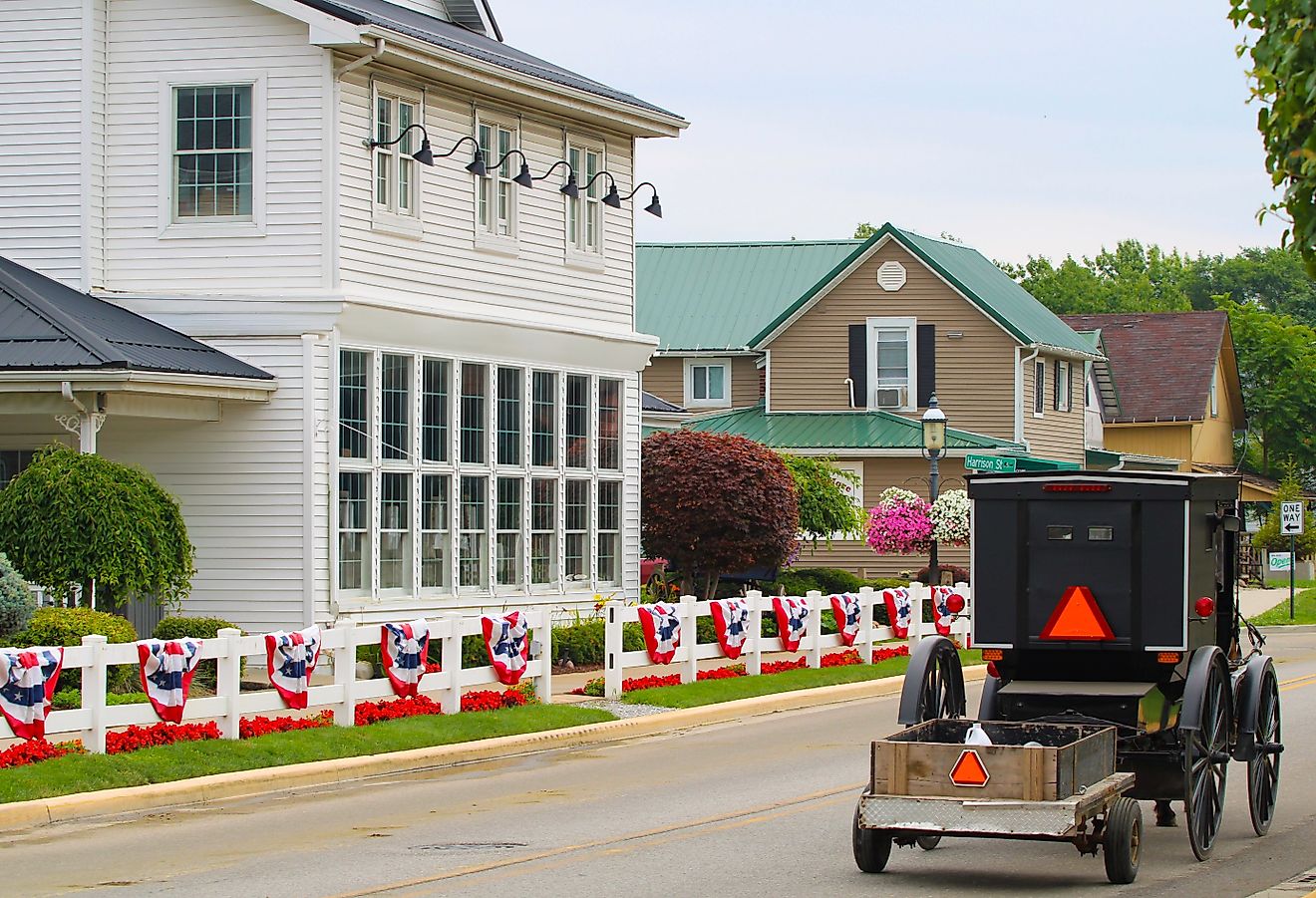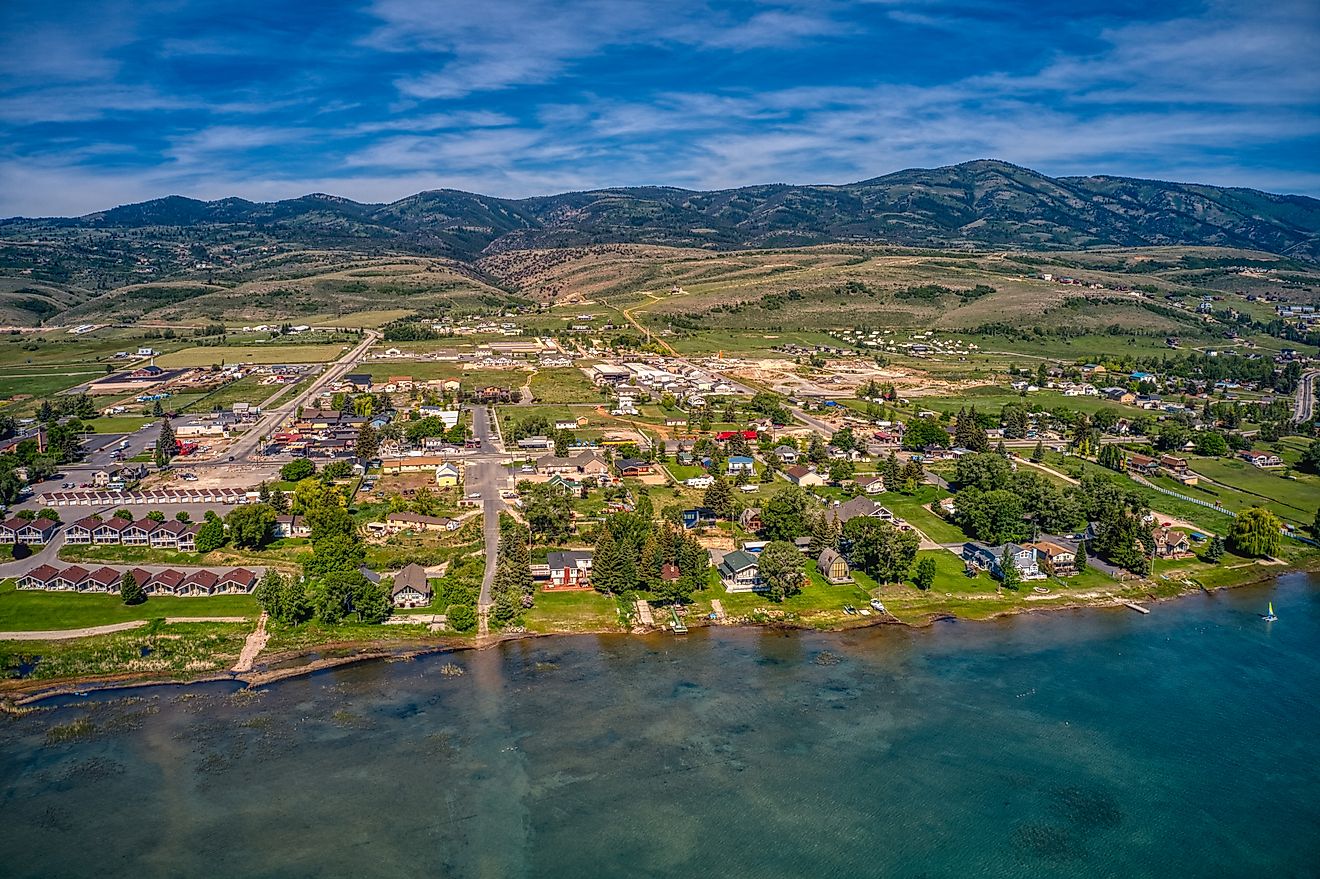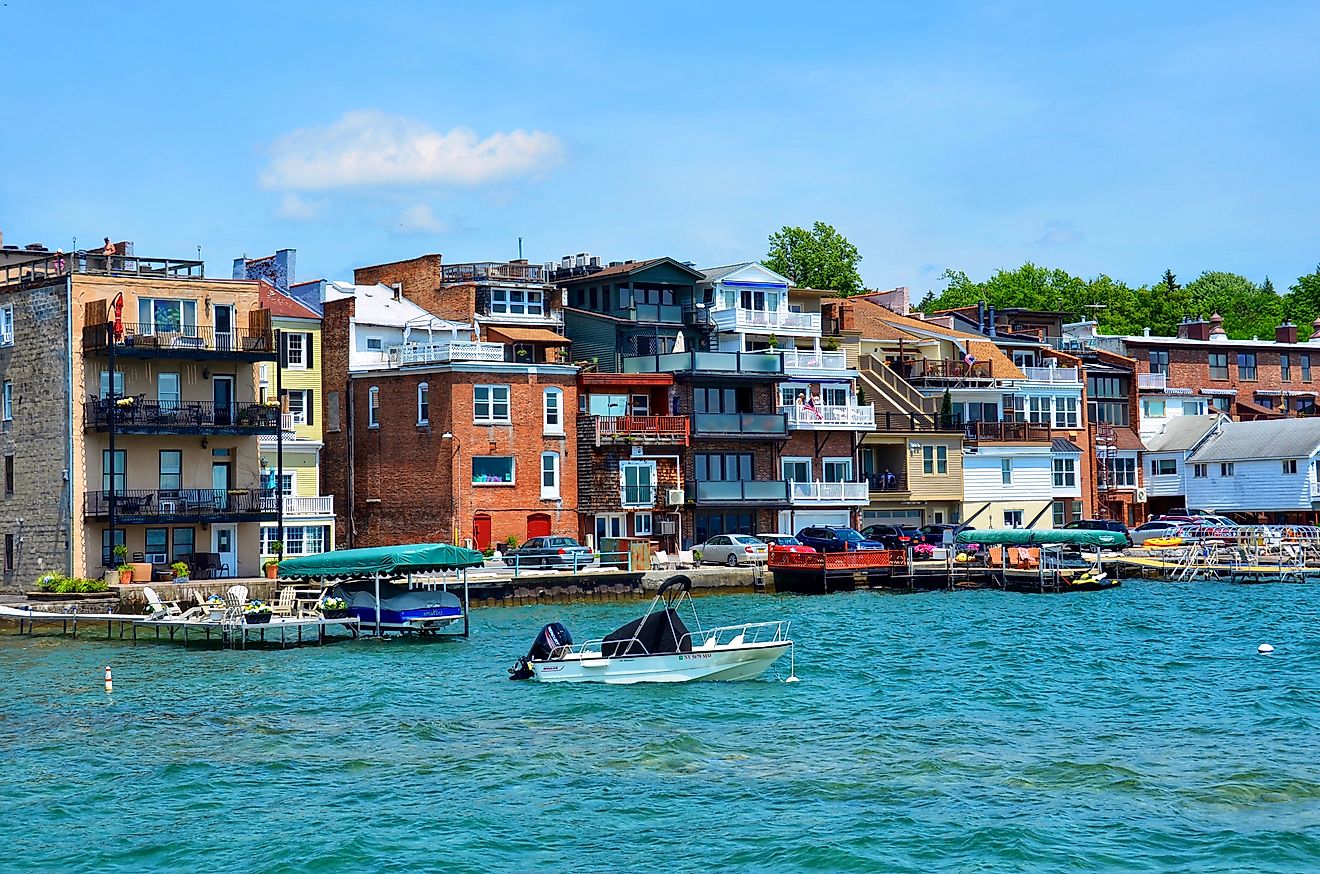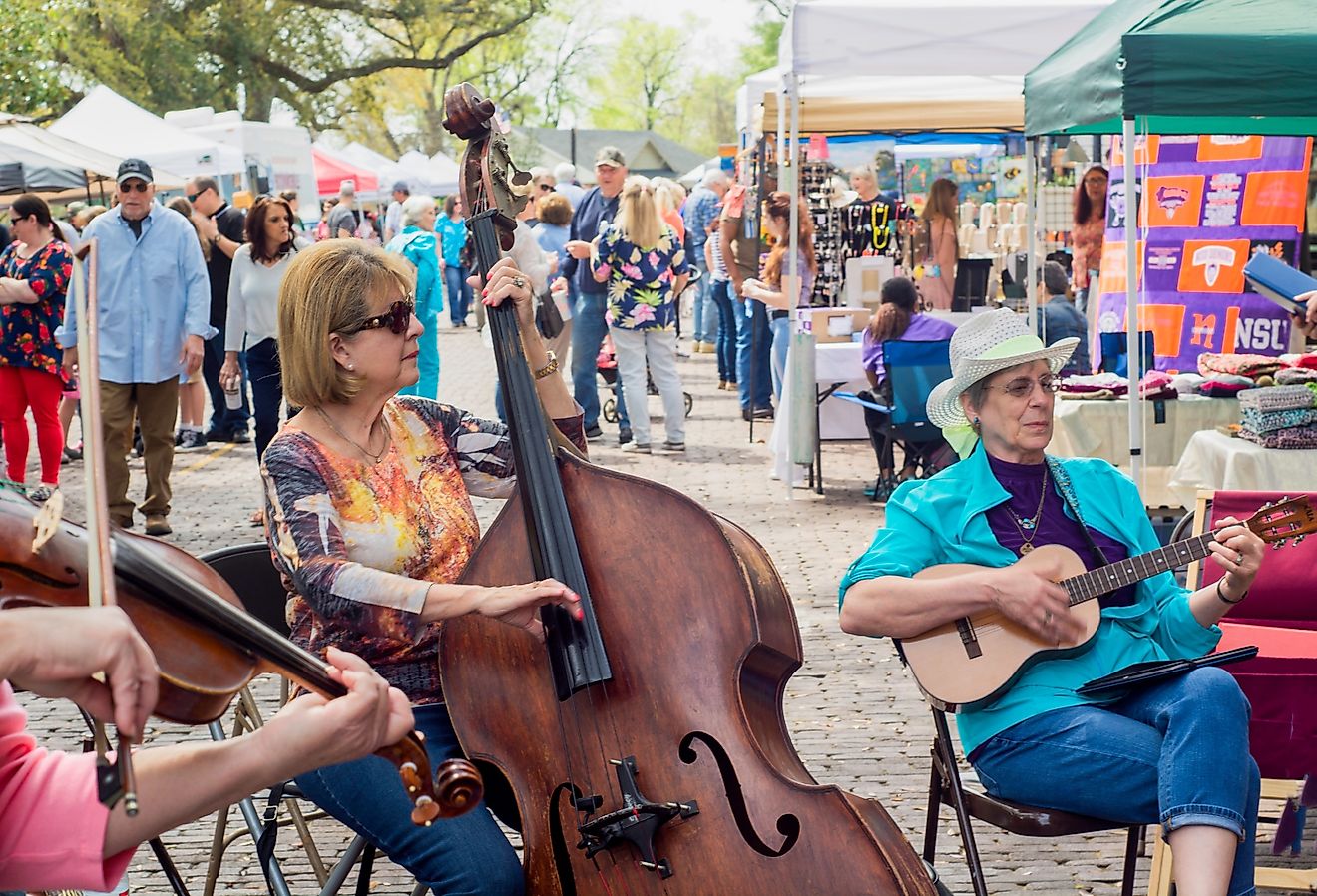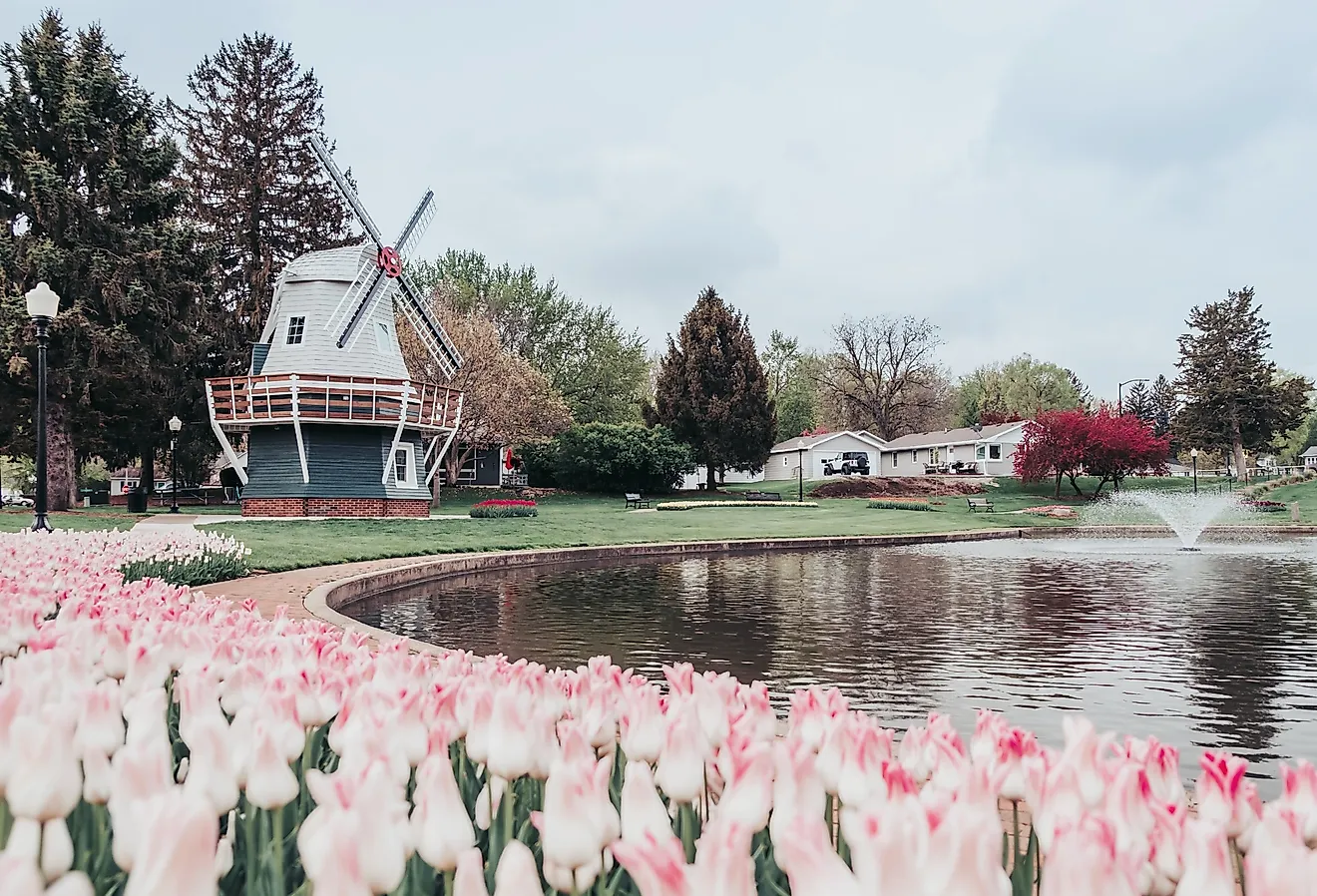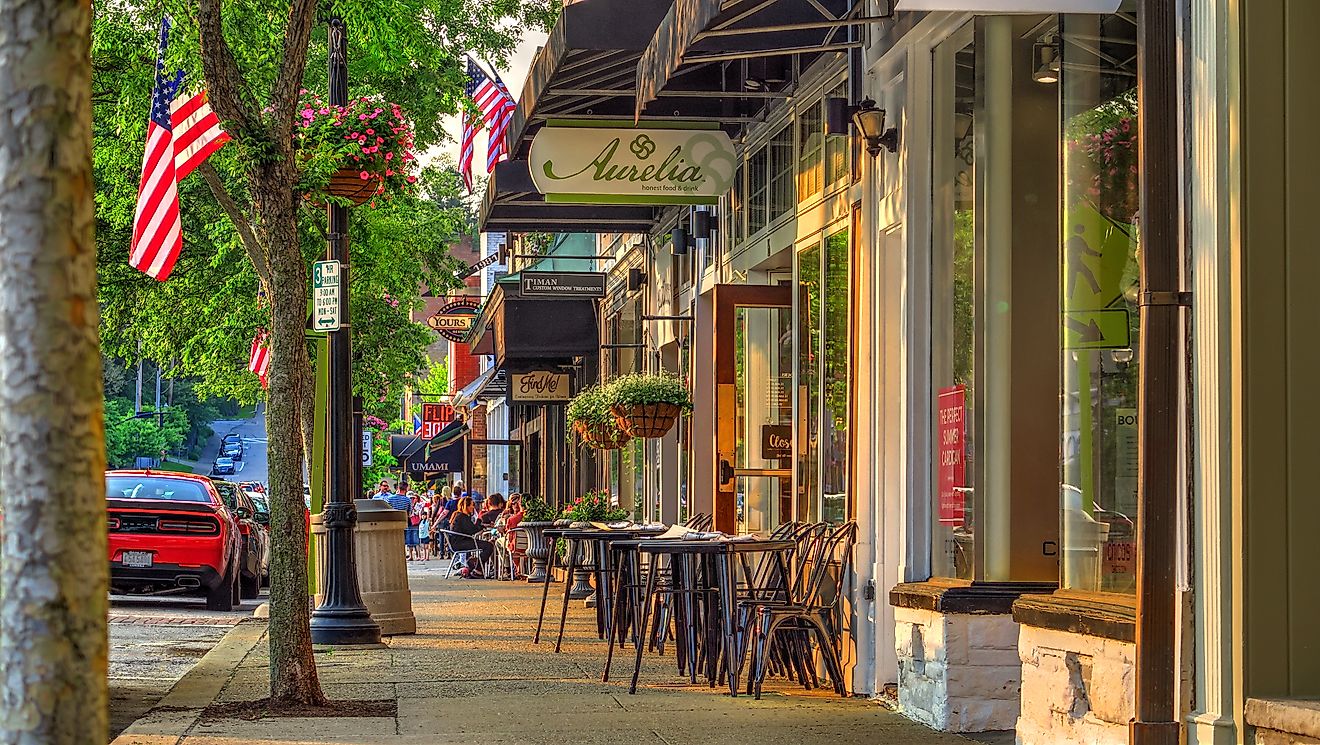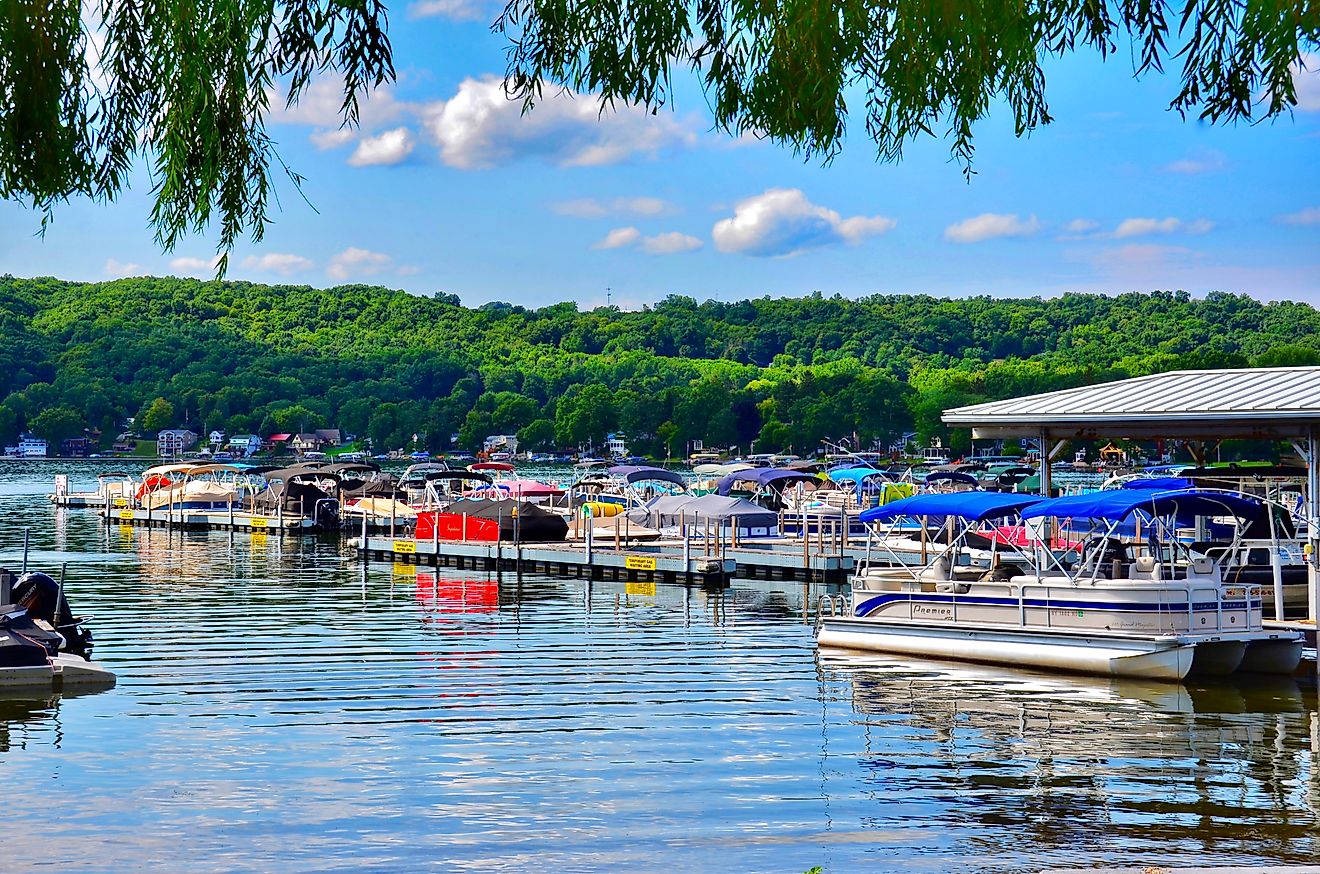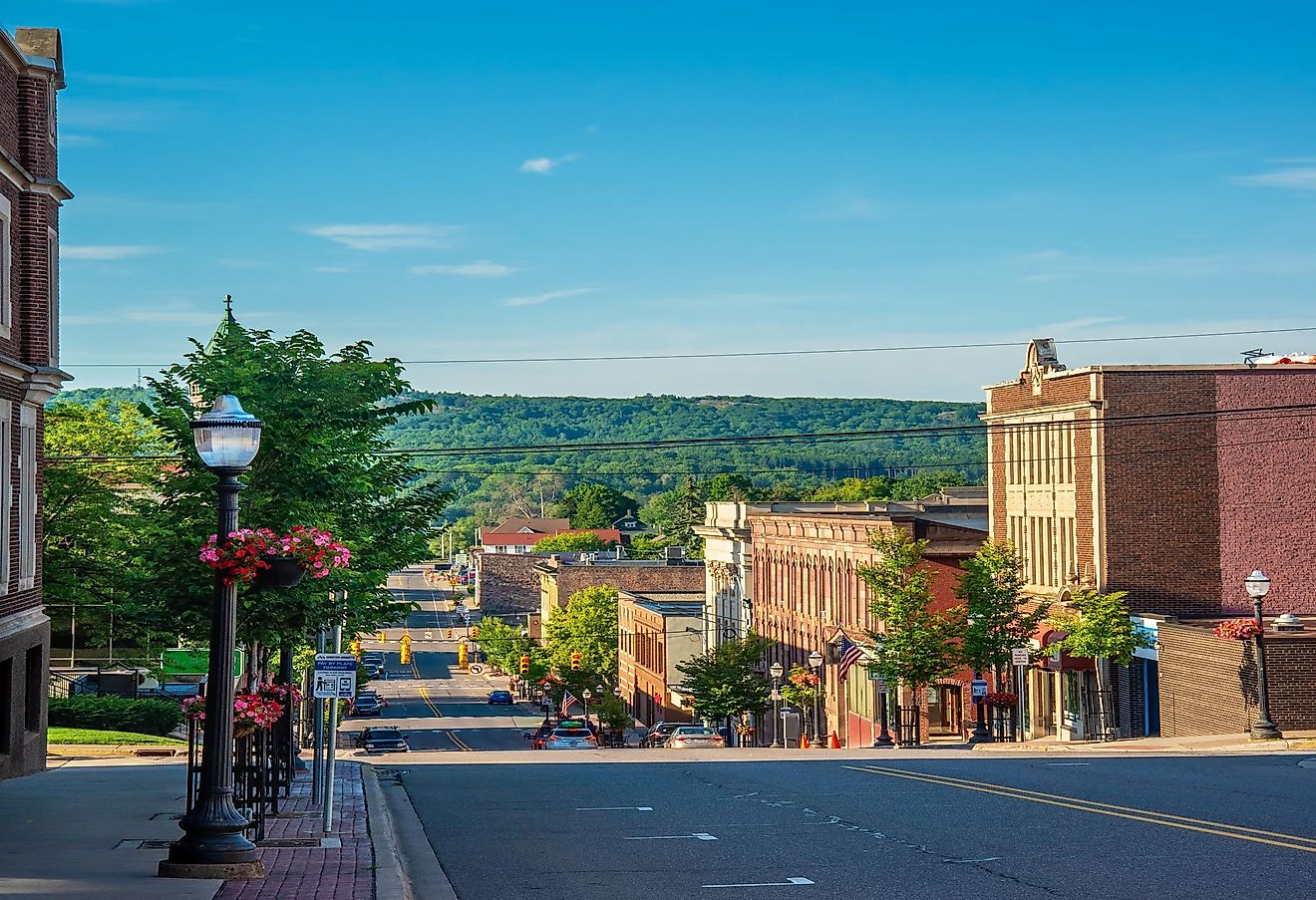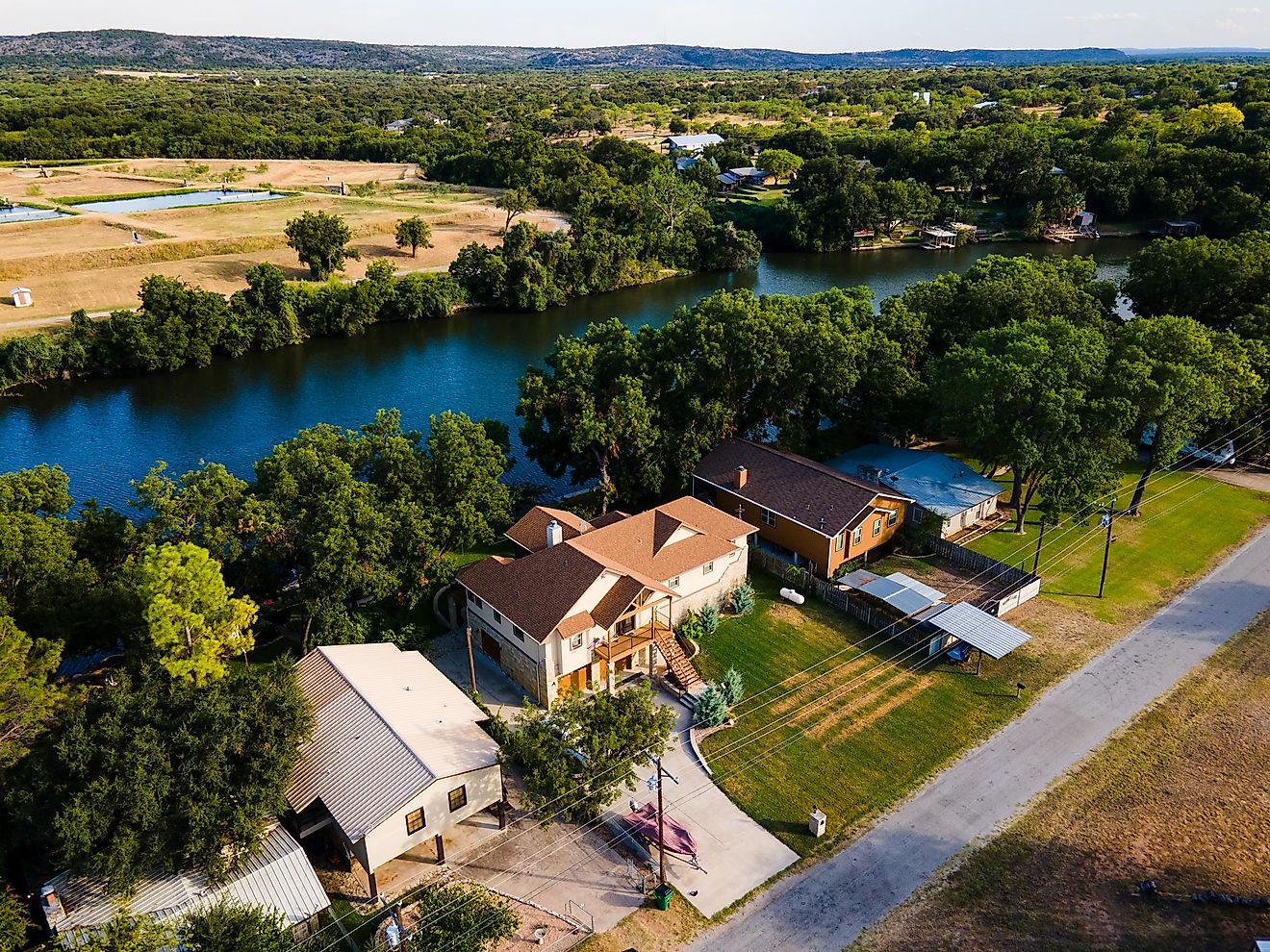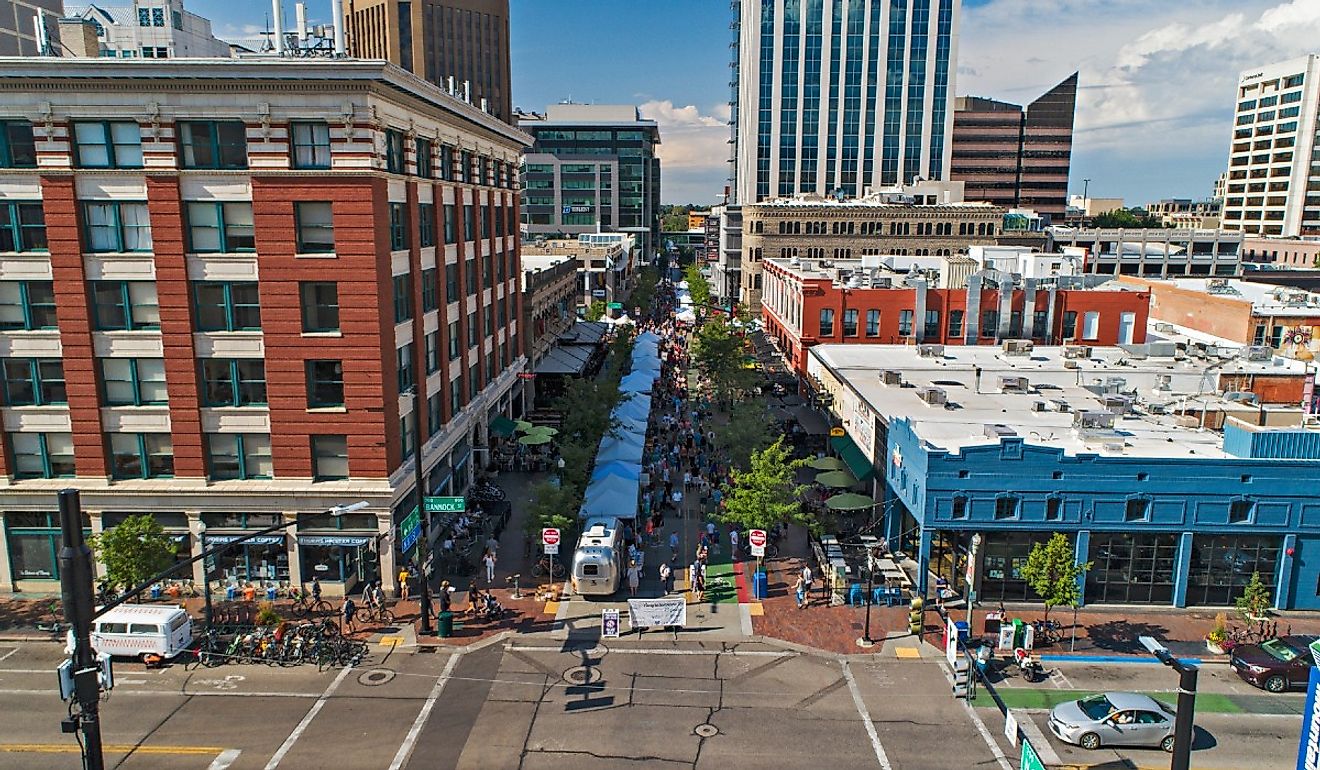
2025's Most Underrated Towns In Kansas
Ask an American what the essential Midwestern state is, and you might just hear Kansas. A part of the Union since 1861, in the early days of the U.S. Civil War, the state's history as a bloodshed-prone region gave rise to the moniker "Bleeding Kansas." With its days as a lawless territory long behind it, the state is now considered an attractive, all-American place to visit.
Kansas holds another nickname: the Sunflower State, so called for its industrial-sized production of oilseeds and similar crops. In the middle and later 20th century, the state enjoyed a second act as a place where movies were set and made, often honoring the area's particular cultural wealth. Add to that a slate of historic buildings, cultural gems, and ample places for relaxation, and Kansas' sometimes underrated towns might warrant a visit soon, whether the first or one of many.
In 2025, trends like remote work, slower travel, and a desire to escape over-touristed destinations are fueling new interest in quieter, lesser-known places. Kansas, with its low cost of living, uncrowded spaces, and authentic towns, is perfectly positioned for travelers seeking meaningful, off-the-grid experiences.
Abilene
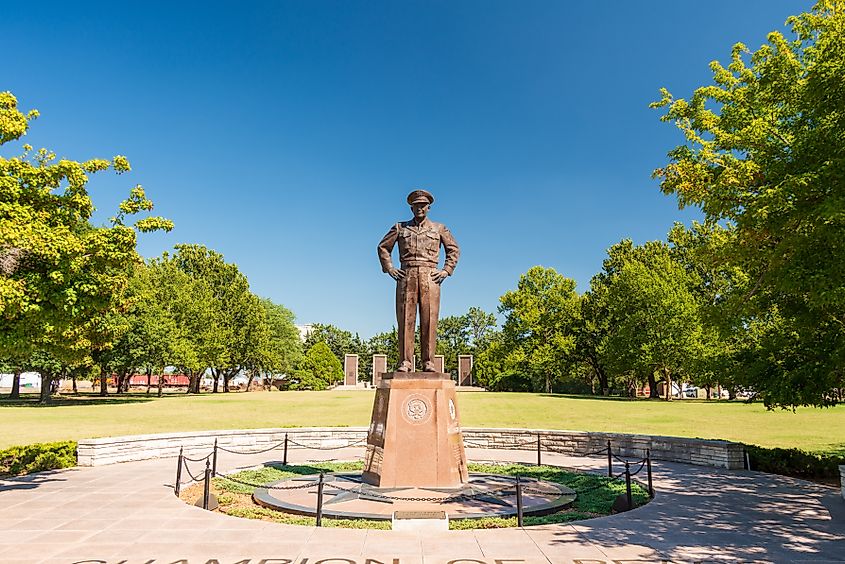
The northeastern hamlet of Abilene has one very strong claim to fame: it is the boyhood home of Dwight Eisenhower, one of the most iconic U.S. presidents in history. As a World War II hero and the 34th U.S. president, Eisenhower grew up right here. The town today offers visitors and history fans the Eisenhower Place of Meditation, the official Eisenhower Presidential Library, as well as a library museum.
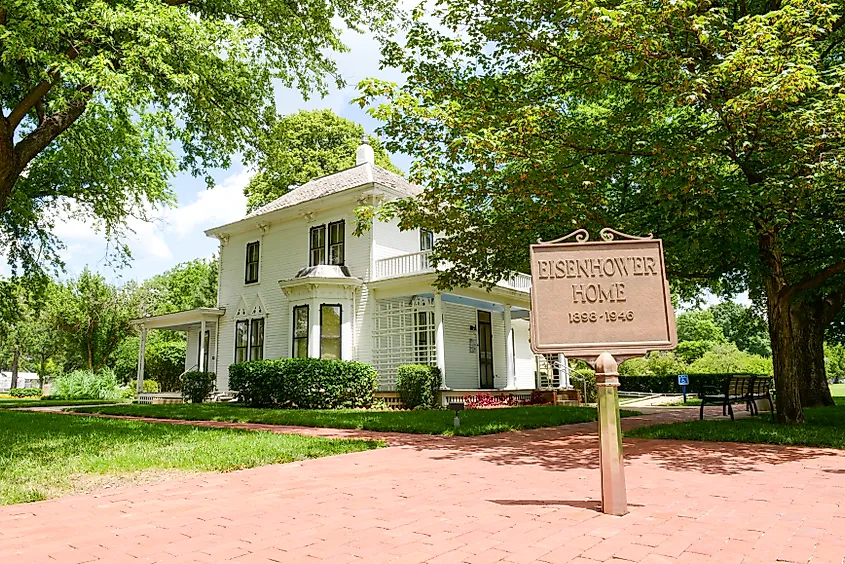
Other downtown attractions in Abilene include the Seelye Mansion, named after the medical products magnate A.B. Seelye. Fun fact: the Seelye house likewise features an indoor, 1905 bowling alley. Nearby, Old Abilene Town reconstructs a Western-style downtown from the American West of legend.
Atchison
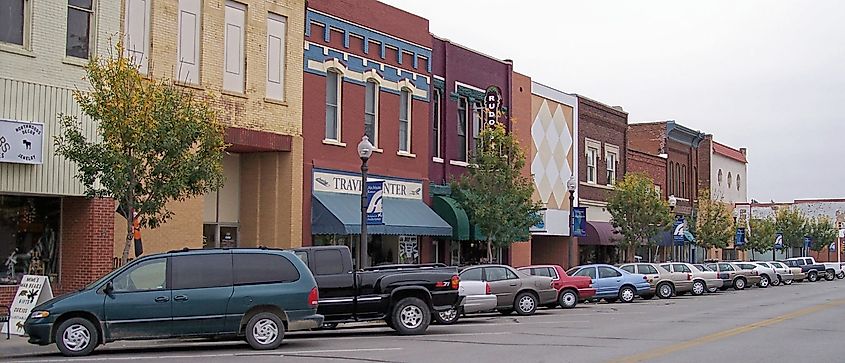
Set on the Missouri River, just across from the state of Missouri, the town of Atchison offers the visitor a double bill of historical interest: Amelia Earhart and vintage architecture; for fans of the female flying pioneer, the Amelia Earhart Birthplace Museum lays out the woman's diverse accomplishments as a pathbreaking aviator. She spent a great deal of time at this house, which was the residence of her maternal grandparents. The town's annual Amelia Earhart Festival puts on a full-blown party, with airplane stunts over the Missouri and music, crafts, food, and festivities.
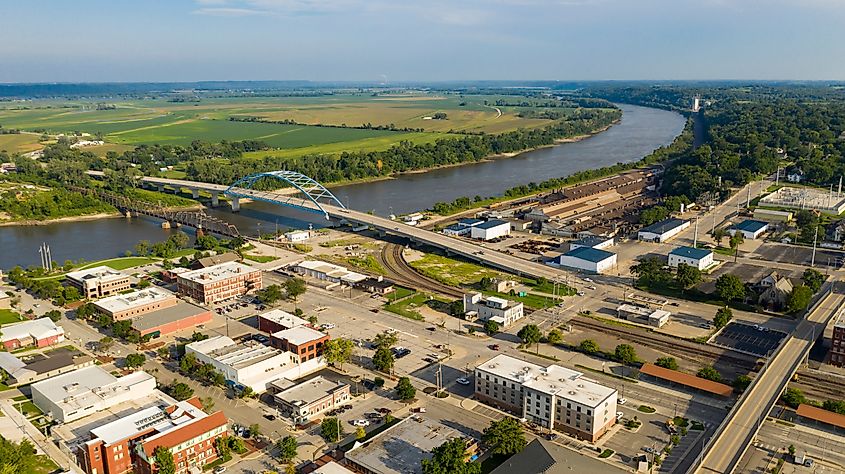
For architecture fans, the town's Victorian buildings bring onlookers from near and far. Head to the Muchnic Art Gallery for beauty outside and inside, or go to the Atchison County Courthouse, another structural gem; Abraham Lincoln once delivered a speech there. The area's presence of the Benedictines, a Catholic order, further enriches the choices for fans of exemplary buildings, from the convent at Mount St. Scholastica to the monastery at St. Benedict's Abbey.
Cottonwood Falls
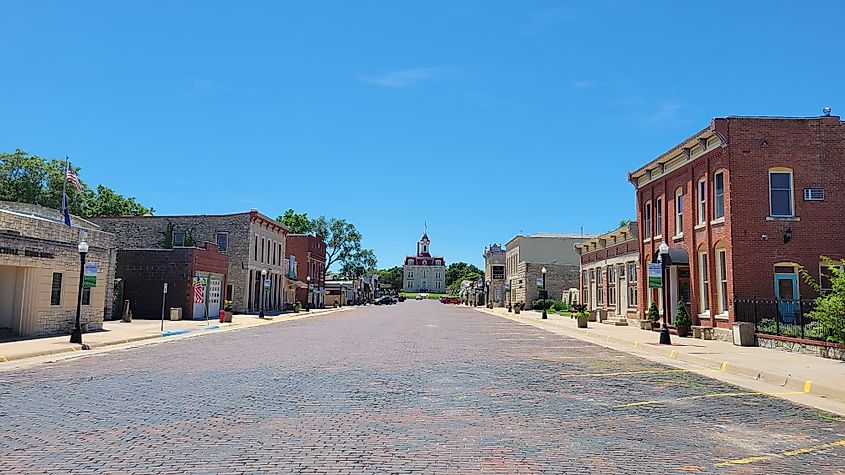
Cottonwood Falls, a small town in east-central Kansas since 1872, owes its charms in part to its place along the Cottonwood River. Structures like the Cottonwood River Bridge give a sense of the place's historic importance, while the Chase County Courthouse, erected in 1873, stands as the oldest operating court west of the Mississippi River.
For those who love time outdoors, Chase State Fishing Lake, Swope City Park, or the Chase Lake Falls east of town offer anglers, amblers, and fresh-air junkies something to see and do. Families and couples might also like the Tall Grass Prairie National Preserve, which offers rest and natural relaxation in a protected natural area.
Council Grove
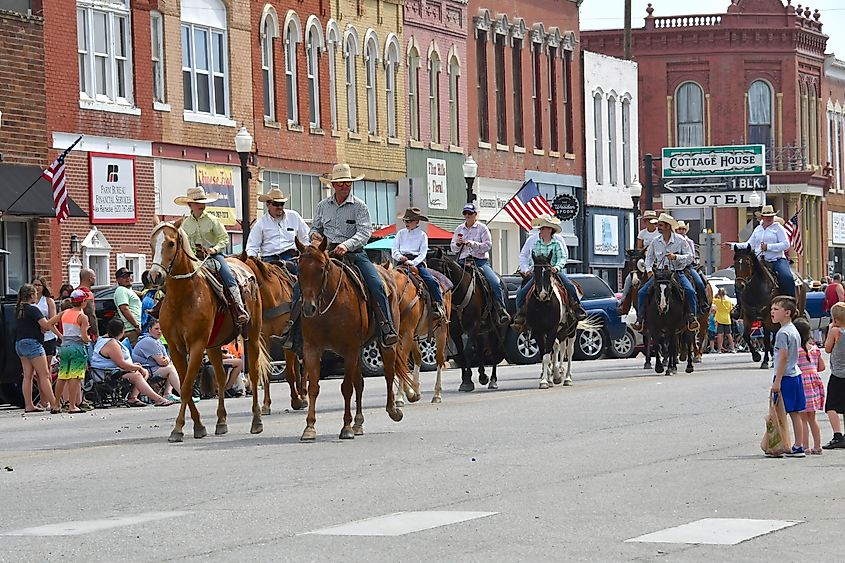
Council Grove, also in east-central Kansas, is often credited as one of the state's prettiest places. Once an important stop on the Santa Fe Trail, the town has welcomed outlaws, adventurers — and one Seth Hays, the great-grandson of Daniel Boone. Hays came here in 1847 to conduct commerce and other business with the Kaw tribe of Native Americans. Council Grove's attractions have only grown since then. The town counts 15 places on the National Register of Historic Places (NRHP), suggesting its importance as an architectural and historical hub. One of these is the Post Office Oak, actually a tree, where travelers would pin letters, hoping that someone headed in the same direction would take the letter with them and, eventually, get it to its addressee.

Council Grove's downtown gathers other diverse historic landmarks, which give a taste of the region's days as a western territory. The Guardian of the Grove Statue, near Main Street, pays tribute to the area's Native American heritage, especially the Kaw, also called the Kansa tribe. Nearby, the Hays House 1857 Restaurant, said to have been established by Hays himself, is one of the oldest continuously running dining establishments west of the Mississippi.
Dodge City
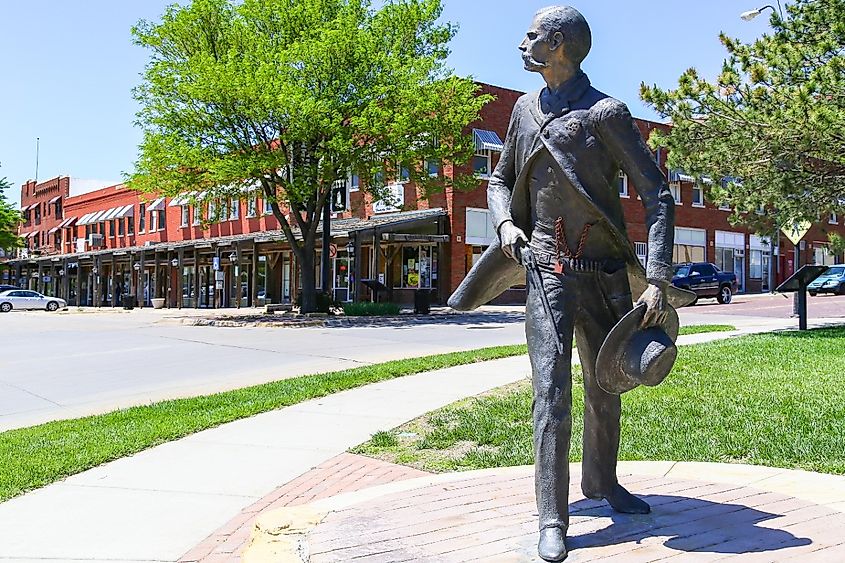
In southwest Kansas, Dodge City, a larger town with nearly 30,000 inhabitants, is full of history. Founded in 1872, the town inspired the expression "get out of Dodge" (when a person needs to get away for a while), a suggestion of the lax laws and shady characters that once typified life here. In other histories, the National Old Trails Road, the Jones Plummer Trail, and the Sante Fe Trail all make their way through town.
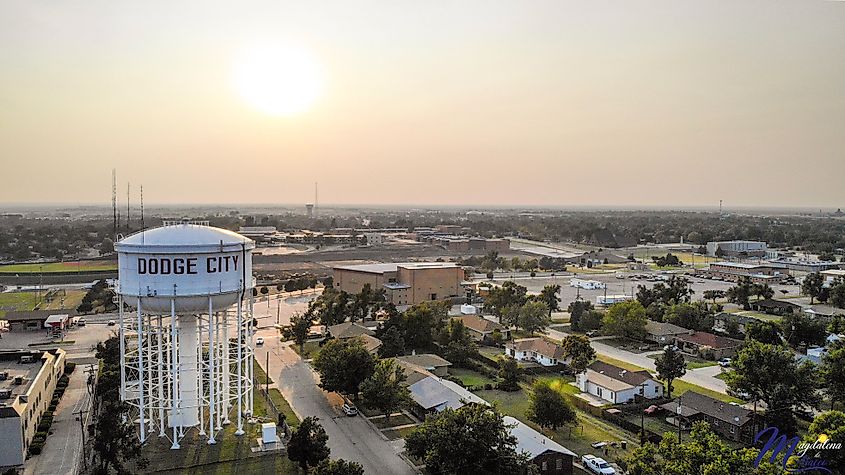
For local culture and more of Dodge City's fascinating legacies, the Boot Hill Museum, also known as Kansas' Cowboy Hall of Fame, displays artifacts of Western history and lore. For some time outside, head to any of the town's 21 parks. The largest, Wright Park, includes the Dodge City Zoo and is a great choice for travelers needing kid-friendly activities and ideas.
Marysville

In northeast Kansas, Marysville lies near Nebraska's state border. Established in 1861, Marysville sat on the Oregon Trail as well as the Pony Express. Vestiges of those days are marked on historical placaards throughout town. Like Council Grove, the town's once-rough reputation inspired one early traveler to conclude that Marysville "thrived by selling whiskey to ruffians of all descriptions." The Historic Trails Park digs deeper into the town's role as a place of overland commerce alongside the Big Blue River.
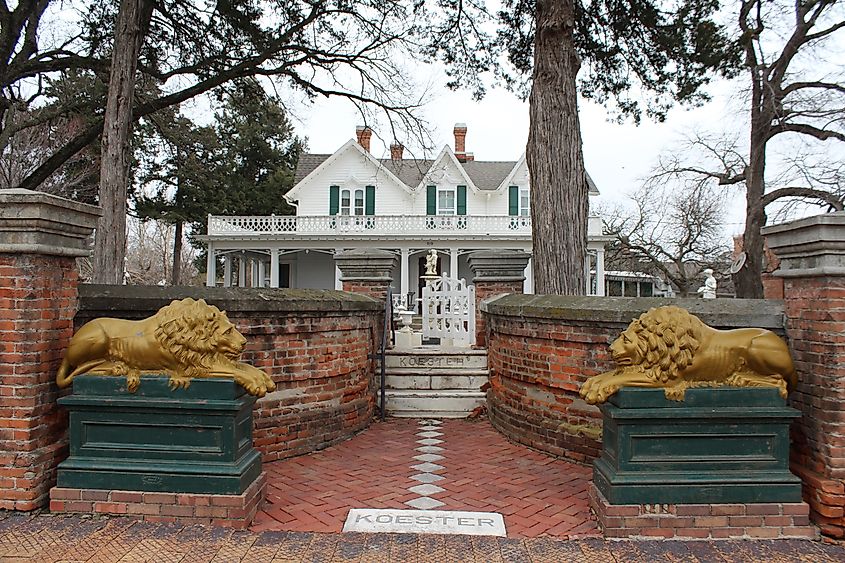
Those rough-and-tumble times have gone, and Marysville has since cultivated a sophisticated side. The Koester House Museum and Gardens, an estate built in 1876, offers local history and the chance to walk the premises of this stately home. A more curious accolade comes through the town's title "Black Squirrel City" from Marysville's large population of tree-climbing animals.
Salina
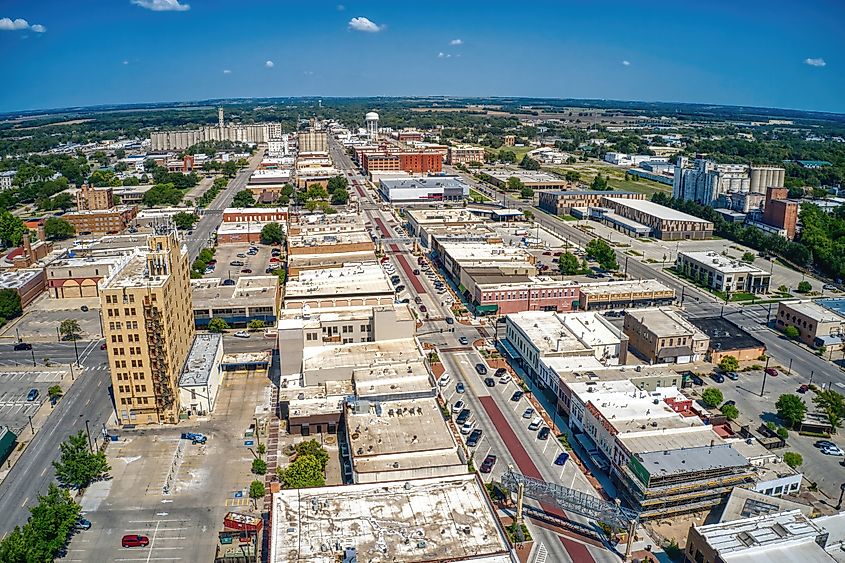
Salina, in the central part of the state north of Wichita, traces its conception to a gold rush — much like the bonanzas for the same mineral in Alaska, Georgia, and California. Established as a town in 1870, Salina later remade itself as a center of cattle raising. Salina also served as the western end of the Smoky Hill Trail, taking its name from the river that it runs parallel to, and which traverses Kansas and continues into Colorado. Like the Oregon Trail and the Sante Fe Trail, the Smoky Hill Trail offered an early track toward settlement for pioneering travelers.
Those and other stories await visitors at the Smoky Hill River Festival, which Salina puts on each June. Outdoor adventurers will love Salina's side-by-side parks: the Bill Burke Sports Complex and Indian Rock Park. Both are located beside the river. The town also boasts four NRHP-listed sites, which include churches and a Native American archeological site. Artwork Alley offers murals and other draws for those seeking a stimulating, color-rich walk through Salina's downtown.
Wamego
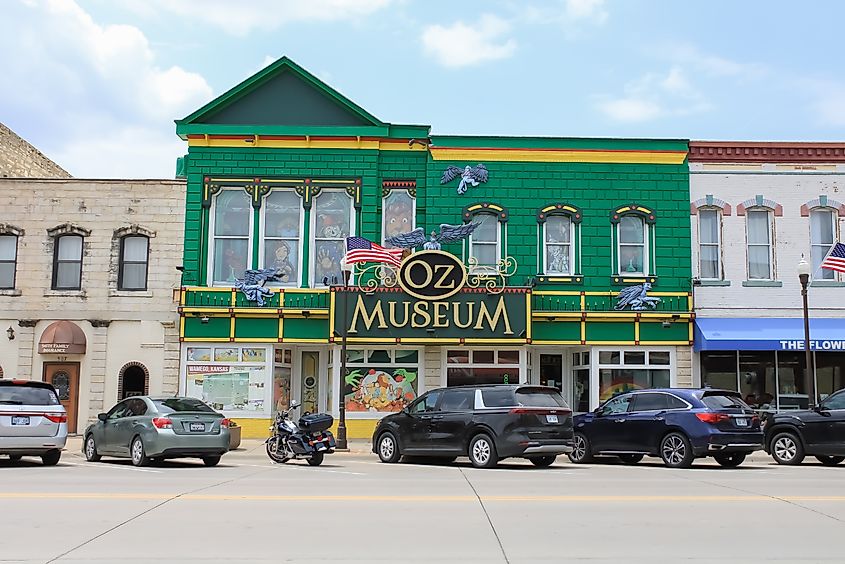
In the state's northeast, Wamego offers history-minded visitors much to see and do. Sitting to the west of Topeka, the town derives its name from a famous chief of the Potawatomi, a Native American tribe. Other cultural draws include the stone-built Dutch Mill, from 1879, as well as the Columbian Theatre for the Performing Arts, established in 1893. The picturesque Kansas River flows just south of town. Wamego likewise hosts a tulip festival each spring. The town's charms have even inspired a name for itself, according to local authorities: "Wamego Magic."
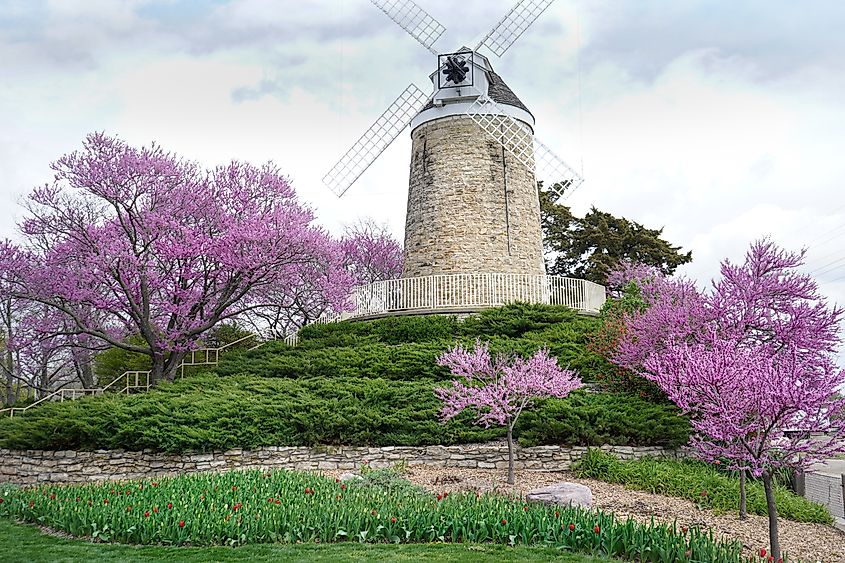
For film fans, Wamego's Oz Museum, which has been operating since 2004, draws tourists who are partial to the classic 1939 movie, The Wizard of Oz. The museum exhibits only a fraction of its 25,000 objects related to the Hollywood classic. Each fall, Wamego puts on OZtoberFest, which melds a German-style Oktoberfest and a tribute to the iconic movie in a truly one-of-a-kind setting.
Why Kansas' Unsung Towns Deserve the Spotlight in 2025
As these under-the-radar destinations suggest, Kansas' varied interests often go underrated against better-known attractions in the state and region. But from Abilene, boyhood home to great American president Dwight Eisenhower, to rough-and-ready western towns like Dodge City and Marysville, Kansas' histories should fascinate all kinds of visitors. Add to that a wealth of cultural standouts, like the architecture of Atchison and Council Grove, and the ever-present themed festivals around the Wizard of Oz, and the Sunflower State's underrated towns may not remain under-visited much longer. Kansas' all-American past and present warrant a visit by tourists of all kinds in the near future.
